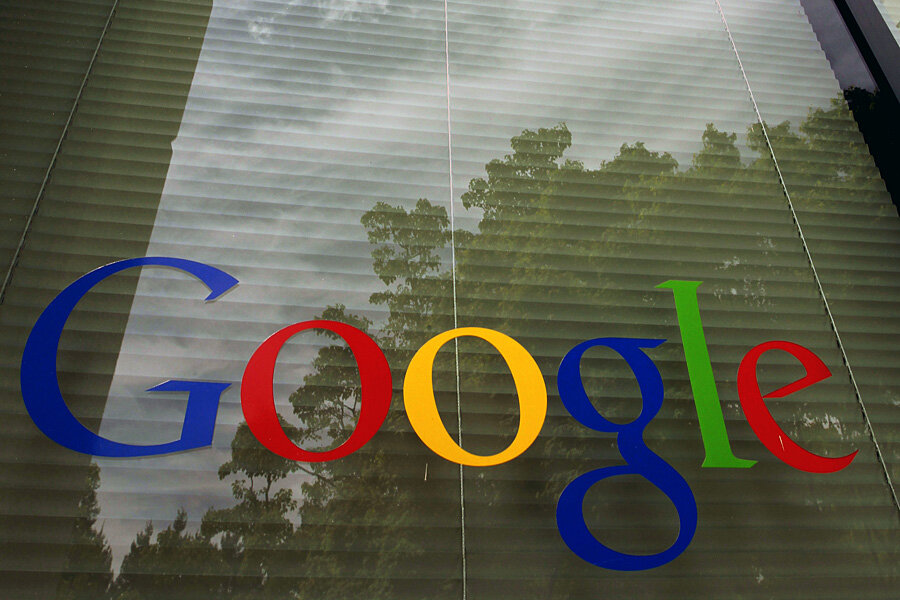Google tests turning search results from blue to black
Loading...
Google is reportedly experimenting with black search result links instead of the traditional blue – and users are complaining.
Some Google users reported that the search engine was returning search results with black links, making it harder to distinguish the links from regular text. The change appears to affect only certain users, suggesting that the Silicon Valley company is conducting an A/B testing.
Over the past few days, users have taken it to Twitter with the hashtag #BringBackTheBlue, complaining about the change, while others have flocked to Google’s discussion forums for advice on how to switch back to blue.
"I don't know why all of a sudden my Google Search Results color changed to black ... my eyes do hurt from this and I will consider using Firefox & Bing if there is no answer to this question," wrote a user called Bobby_Bill, CNN reported.
Google is known for paying attention to and testing small details, a practice that some have criticized in the past, the Telegraph reports. But many analysts suspect that the latest move is financially driven. As the Guardian reported, the company reportedly earned an additional $200 million in 2014, by changing the shade of blue it used in ads in both Gmail and Google Search.
“We saw which shades of blue people liked the most, demonstrated by how much they clicked on them,’ Dan Cobley, Google UK’s managing director told the Guardian. “As a result we learned that a slightly purpler shade of blue was more conducive to clicking than a slightly greener shade of blue, and gee whizz, we made a decision.”
“But the implications of that for us, given the scale of our business, was that we made an extra $200m a year in ad revenue.”
Most websites default to blue for unclicked links, with clicked ones turning purple, except in China where the links are displayed in red. Users complaining about Google’s experiment said they weren’t able to distinguish between links and regular text.
But the experiment has raised additional questions, like why do we prefer blue, anyway?
The conventional wisdom goes like this: Tim Berners-Lee, who is considered the founding father of the Internet, chose blue because it was the darkest color after black. Bernes-Lee wanted the links to stand out from the surrounding black text and grey background.
Others have argued that blue is best because it is one of the few colors that can be seen by everybody. Up to 10 percent of men and 0.4 percent of women experience red/green colorblindness, according to Dan Lundmark, a co-founder of Apple TV.
It’s not clear whether Google will move forward with the changes, but a spokesman did confirm that the company was conducting the experiment.
"We're always running many small-scale experiments with the design of the results page,” said the spokesman, reported Engadget. “We're not quite sure that black is the new blue."








